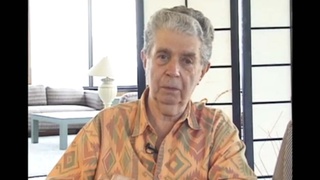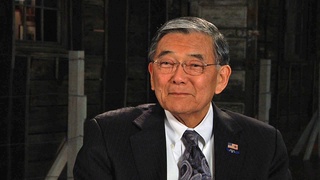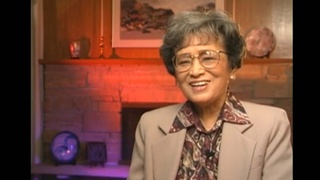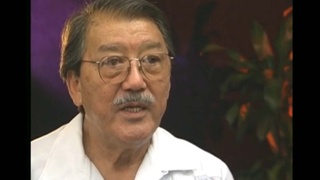Interviews
Waiting for the right time to start Redress Movement
There was no way we could do it (Redress Movement) before [the 1980s]. We didn’t have the facts to begin with. Other things, we were so busy trying to rebuild our lives, we were afraid, if they did [this] to us one time, what’s going to keep them from putting us away again if we starting doing something like this [suing the government]? If your constitutional rights are so flagrantly violated, what kind of assurance is there that they’re not going to do something like that again? There were people I know who still felt that way at that time in 1980, ‘81, ‘82.
Date: August 26, 1998
Location: Virginia, US
Interviewer: Darcie Iki, Mitchell Maki
Contributed by: Watase Media Arts Center, Japanese American National Museum










